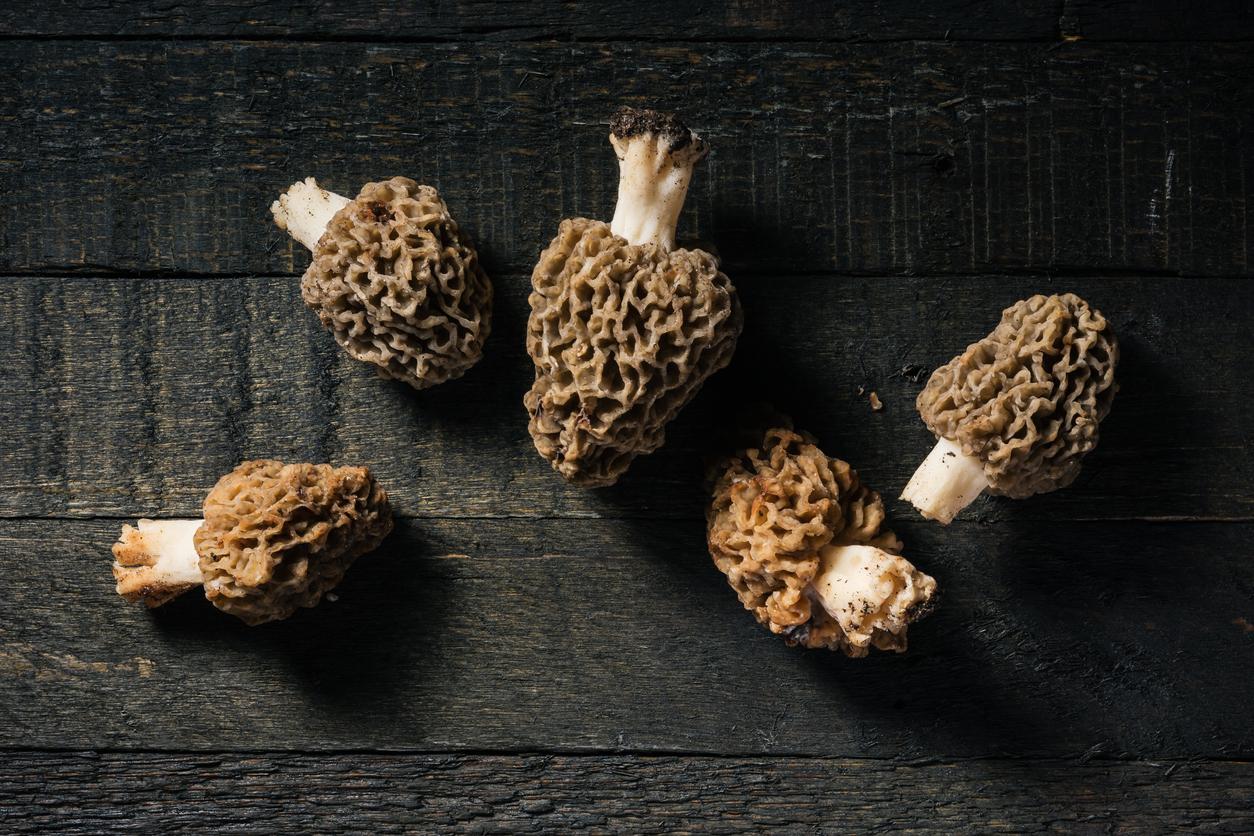
Tips for healthy sushi
Are you also a sushi lover? Sushi is on the rise worldwide. In the past year, sushi has even risen sharply in the top ten of home delivery meals. Sushi is in third place, after pizza and shawarma. The tasty snacks with rice, seaweed and fish have a slim image. But are they really as healthy as we think?
The rice base
The basis of most sushi is cooked white rice, which is made with a mixture of rice vinegar, salt and sugar. This sticky rice is formed into rolls or balls by the sushi master and then combined with the other ingredients. The shape often determines the name of the sushi (see below). Most of the calories of sushi (about 80 per piece on average) come from the rice. And because of that rice, a sushi meal also contains a large portion of carbohydrates. The rice is always white, which is a minus because it contains very little fiber. Brown rice would be a healthier choice, but classic sushi chefs won’t be switching to that anytime soon.
The power of seaweed
Eating sushi is probably one of the few times for many people that their diet contains seaweed. The dark green skin that is on many types of sushi is nori. That is a dried, edible seaweed. It is precisely that seaweed that gives sushi a boost of good nutrients. Nori is packed with vitamins (especially beta-carotene and B vitamins) and minerals (especially calcium, iodine, iron and zinc) and it’s also high in fiber. Iodine in particular is a nutrient that you don’t get with many other foods. So that’s a plus for sushi. Of course, such a piece of nori weighs next to nothing. A single Californian roll or maki doesn’t help much, but usually you eat a bit more and then you get some of those good nutrients again.
Raw fish
If you’re talking about sushi, you’re also talking about raw fish. Many sushi bites contain fish, with salmon, tuna, mackerel and octopus being a favorite. If you choose fatty fish such as salmon, mackerel and tuna, you are assured of a healthy portion of omega 3 fish fats. It does not matter that you eat the fish raw. You eat the fish very pure. Especially if you opt for the sashimi variants where you only eat the raw fish (without rice).
Tiny portions of vegetables
Of course there are also sushi with vegetables. Cucumber, spring onion, avocado, carrot are often used. But the portion of vegetables per sushi is very small and even if you eat a lot of sushi, it is difficult to get 100 grams of vegetables in your meal. While 250 grams per day is a minimum. Most sushi restaurants also serve salads like coleslaw, cucumber salad, or seaweed salad. And don’t forget the sushi poke bowl. These are usually richer filled with vegetables and fish and contain a relatively smaller portion of rice.
Soy, wasabi and ginger
The traditional accompaniments to sushi are the Japanese soy sauce, green wasabi paste and pickled ginger. They provide a lot of flavor and spiciness and you don’t have to leave them alone in terms of calories. The downside is only the salt from the soy sauce and wasabi paste. If you use 1 teaspoon of soy sauce and 1 teaspoon of wasabi paste, you get 1 gram of salt. And if you then know that a piece of sushi also contains on average around three quarters of a gram of salt, then it is clear that a sushi meal of roughly 10 sushi quickly provides 8 to 10 grams of salt. The advice is to use no more than 6 grams of salt daily. You can limit the salt by using low-salt soy sauce, be careful with wasabi and opt for the sushi with little rice.
Have a nice meal…
The biggest ‘danger’ of sushi is in the amount you eat. They bite away so easily that you quickly eat more than you need. With home delivery or in a restaurant, people often assume 10 to 15 sushi per person as the main meal. In terms of calories, such a sushi meal is not inferior to a pizza or a meal from the snack bar! Rather go for 6 to 8 sushi per person. You can supplement that with sashimi (pure fish), boiled edamame beans and a salad. This way your sushi meal becomes a really healthy meal.
The most famous sushi types in a row
Lemur
Classic sushi roll with stuffing and rice wrapped in nori.
Uramaki
Also known as California roll. This is an inside out maki with rice on the outside.
Temaki
Nori sheet rolled into a cone with loose filling.
Nigeria
Flattened ball of rice topped with fish or vegetables (this does not contain nori).
sashimi
Thinly sliced raw fish. This is in fact not sushi as it contains no rice.















